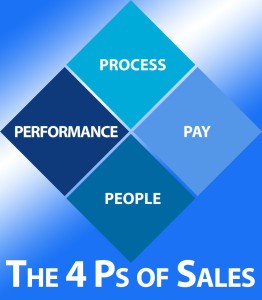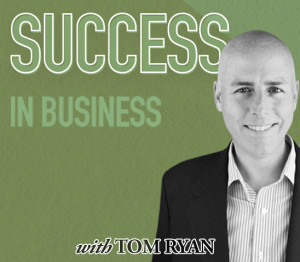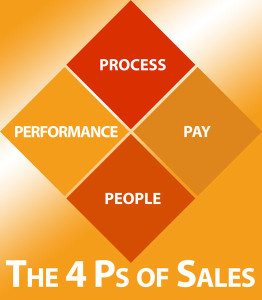 If you’ve done your homework as we’ve talked about the previous “Four Ps of Sales,” you likely have all the information you need to determine the what skills you need as you grow your sales staff. You should also have a good idea what a reasonable level of compensation will be for the right salesperson. What those skills and compensation requirements will be completely depend on your startup’s needs.
If you’ve done your homework as we’ve talked about the previous “Four Ps of Sales,” you likely have all the information you need to determine the what skills you need as you grow your sales staff. You should also have a good idea what a reasonable level of compensation will be for the right salesperson. What those skills and compensation requirements will be completely depend on your startup’s needs.
Let’s say you’ve gone through each step in the “Four Ps,” and as a result you’ve created a clear sketch of your company’s sales needs. You’ve already done the heavy lifting of figuring out your sales process, and you’ve worked out the optimizations that allow for great sales performance. You’ve looked at your logistical needs, such as inside versus outside sales. You’ve even determined how much you can afford to pay for sales. Continue reading



